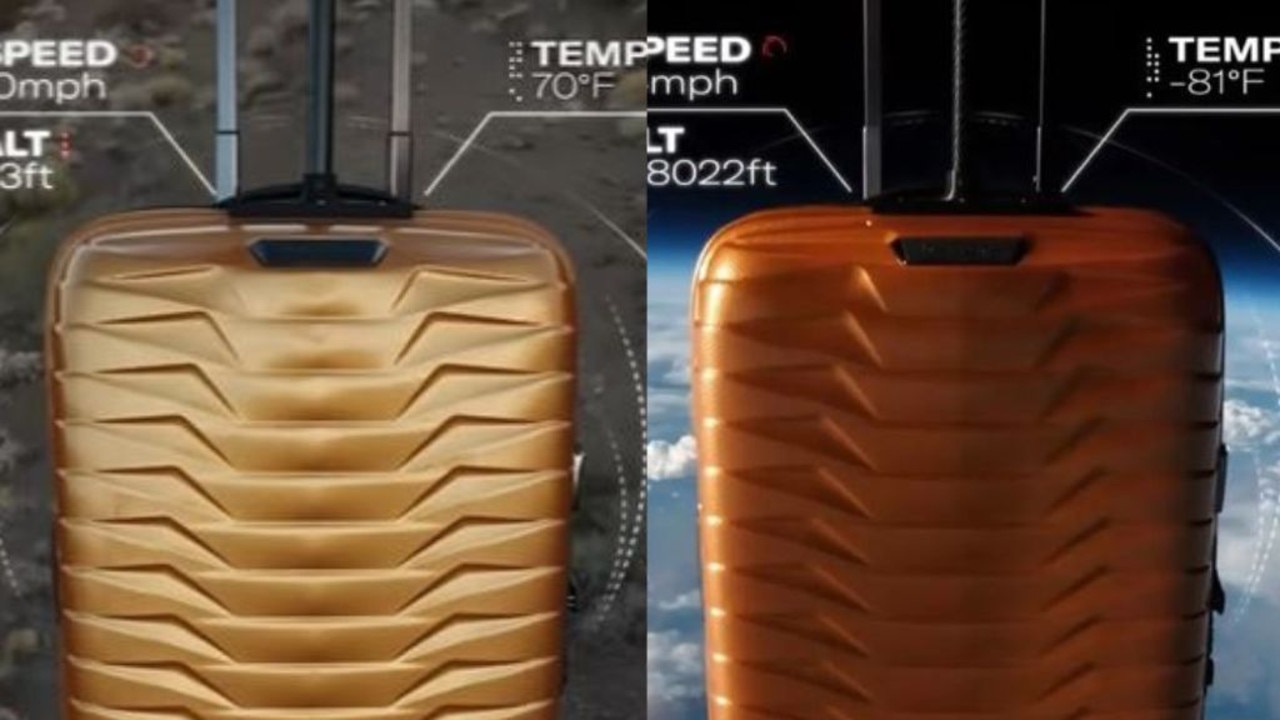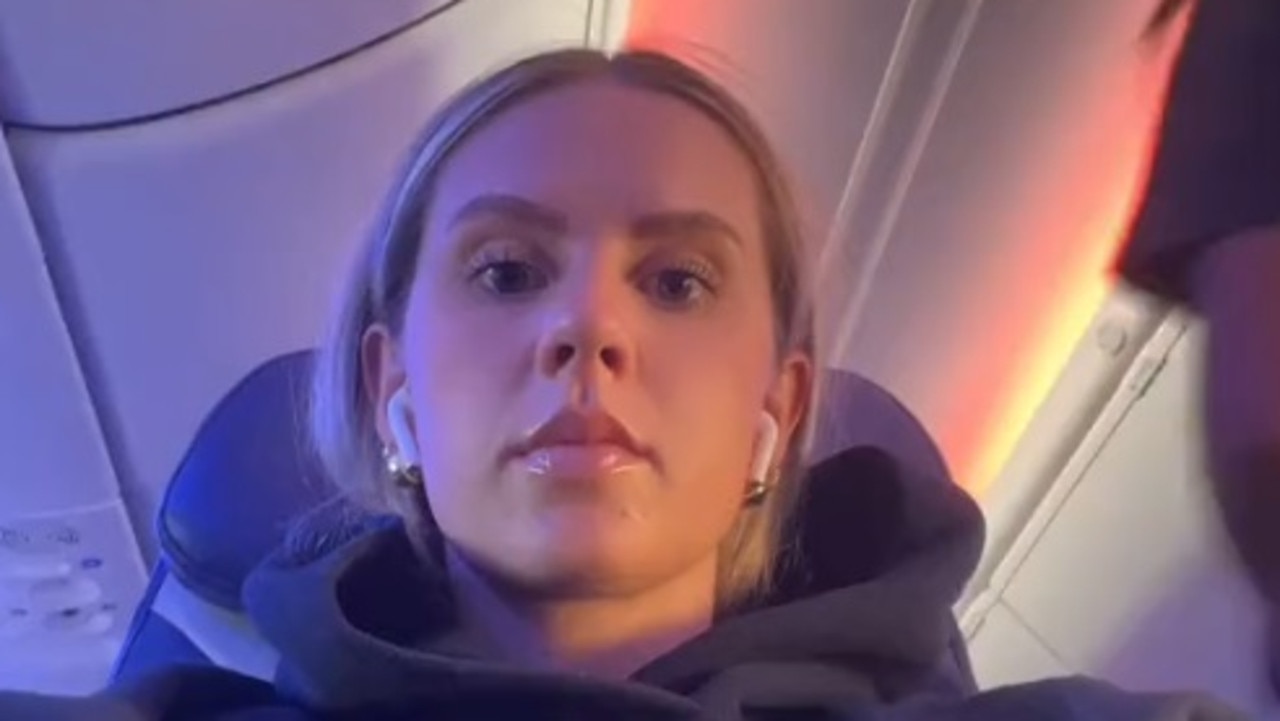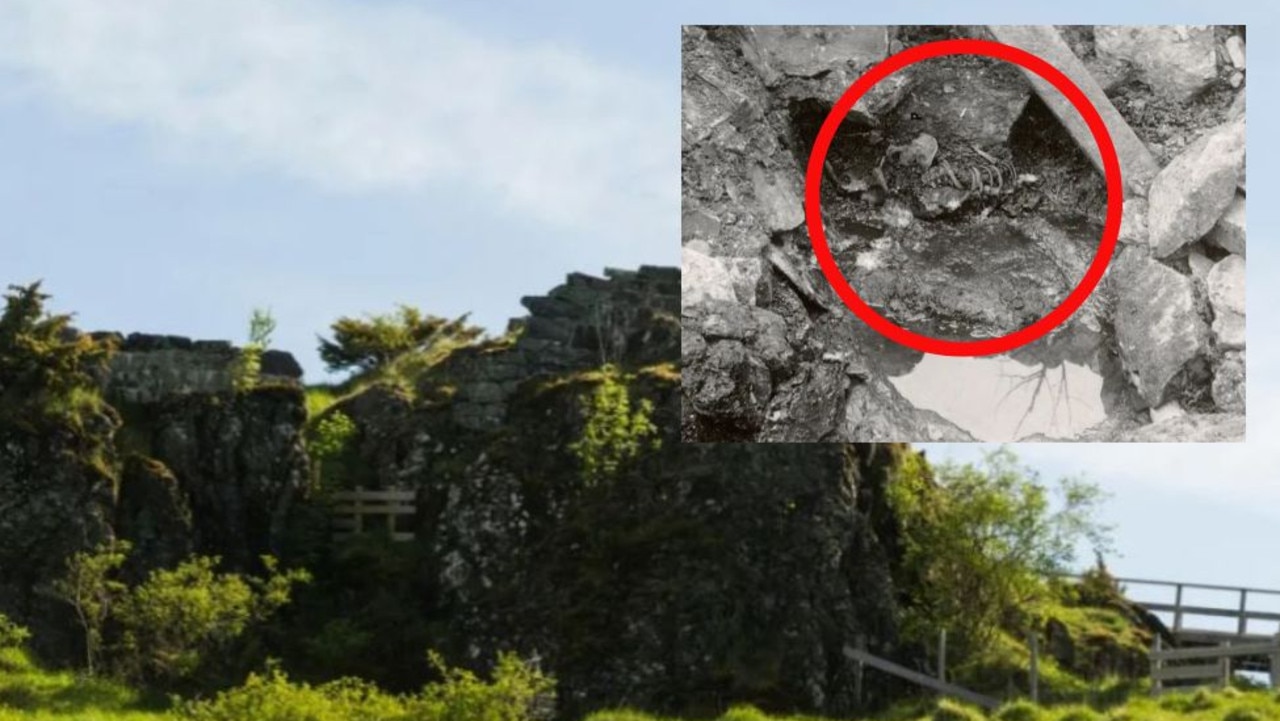Mt Everest attempts are putting both climbers and Sherpas at great risk
Alongside lengthy queues and avalanche trails, lifeless bodies are a common sight littered within the icy “dead zone” of Mount Everest.
Smiling selfies, thousands of dollars and lengthy queues to the summit have all become a normal part of the Mount Everest experience.
But lifeless bodies, frozen in the snow and near-impossible to retrieve, are an increasingly common sight within the mountain’s ‘dead zone’.
Six people on average die every year climbing the world’s tallest peak, but in 2023 a grim record was set.
A total of 18 people, including six Sherpas, died on the mountain.
Laying limp and lifeless between the cold bodies of wealth and often inexperience, rest the poorly paid but essential services offered by the Sherpa; a guide who is expected to get their ‘clients’ through the unforgiving conditions to the top.
It’s a climb often described as the fine line between life and death, and a venture these Sherpas complete out of necessity rather than desire.
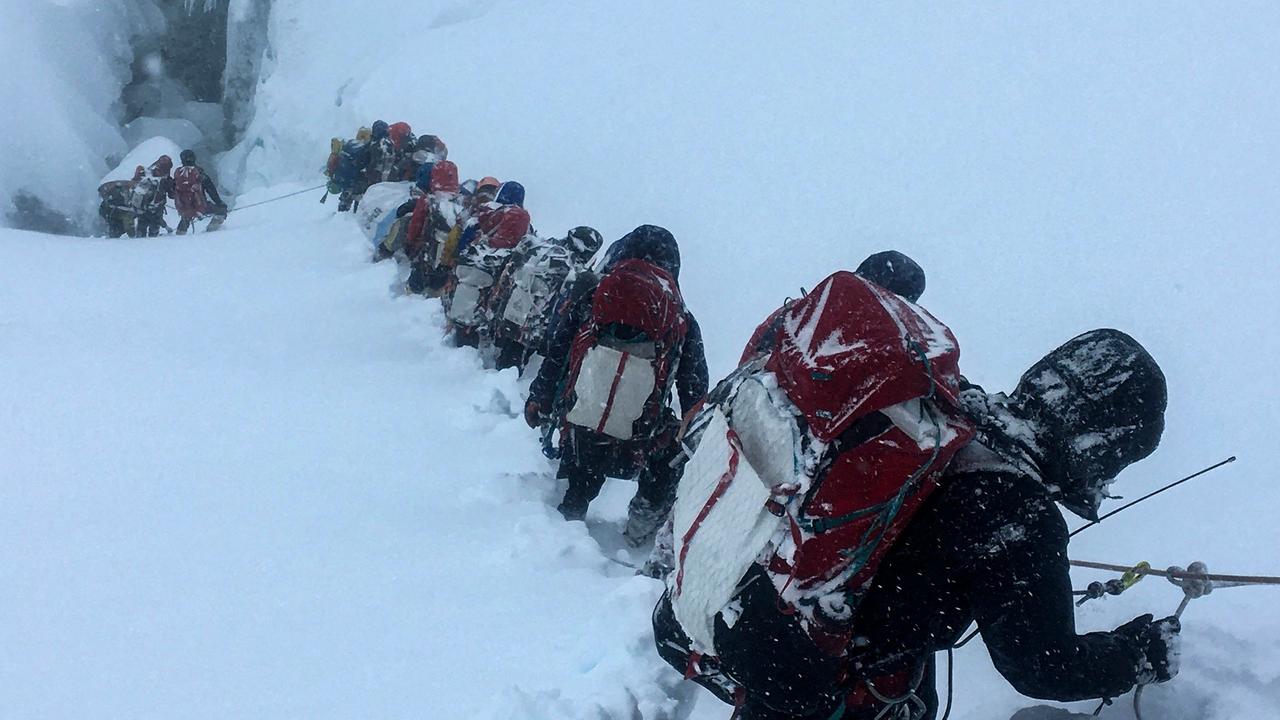

While it’s the perished or missing climber that floods the headline, or becomes the centre of a GoFundMe page — it’s the Sherpa’s name that melts into the background.
Everest and the rest of the world’s tallest peaks, including Mount Kanchenjunga and Mount Shishapangma, are all climbs that come with great risk.
Reaching the summit was once a great feat and a test of courage and endurance. But now, reaching the peak is becoming more of a bucket list item, and even those without either the skill or the training are desperate to make it to the top.
Climbers sometimes develop what’s called ‘Summit Fever’, risking their lives, and that of others, just to make it happen.
Sherpas are paid little to do what’s arguably one of the most dangerous jobs in the world, with one third of the hundreds of people who have perished while trying to conquer Everest having worked as a guide.
And while the profession is not one always of enjoyment, for many who make the journey up and down the world’s tallest mountain, being a Sherpa offers a lifeline.
It’s a route out of poverty and a way to provide for family, despite possibly walking into an early grave.
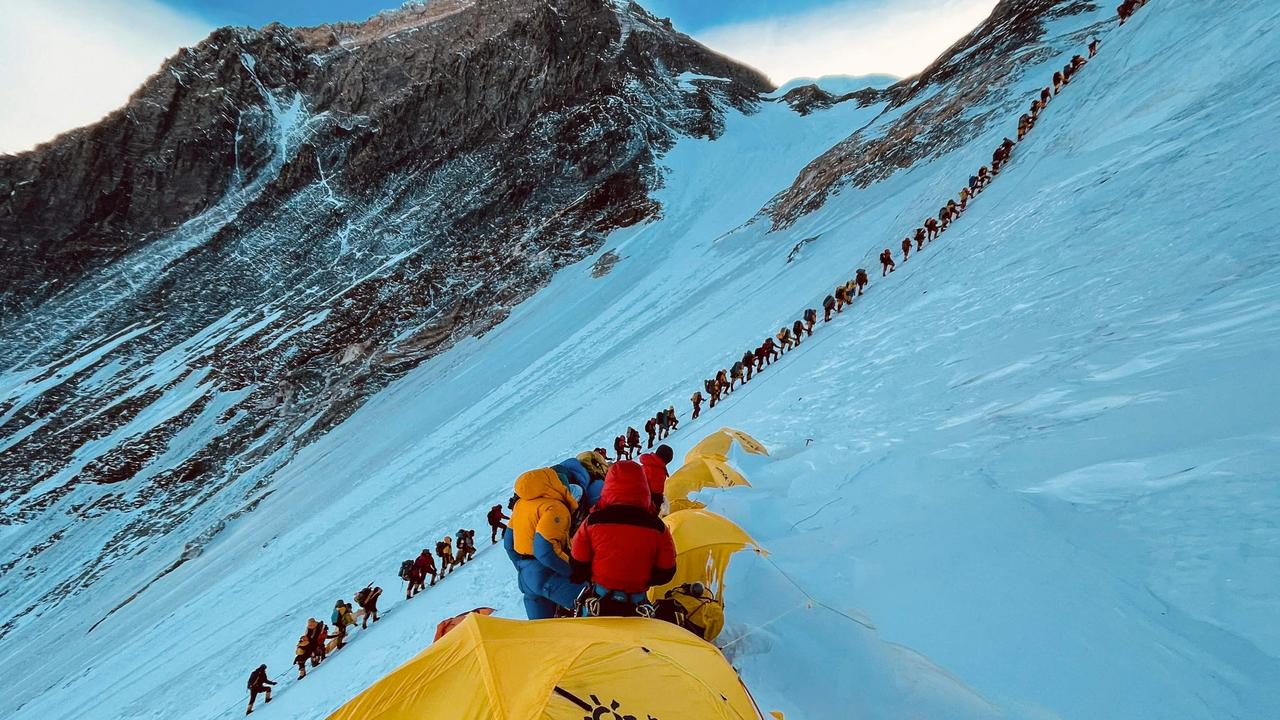
With an ever growing scale of climbers scrambling to reach the top, most with plenty of cash to splash at their attempt but perhaps without the experience to match, the role of a Sherpa is more crucial now than ever before.
But family of those who have perished helping their clients scale these mountains say the ‘job’ has perhaps become too dangerous.
Last year, Nepalese guides Mingmar Sherpa and Tenjen Lama lost their lives along with their clients Gina Rzucidlo and Anna Gutu in separate avalanches while climbing Mount Shishapangma in Tibet.
And while not Everest, the mountain is the 14th highest in the world and is often attempted by those chasing the Seven Summits challenge.
Prior to his death, Mr Lama — an experienced Sherpa — had guided a Norwegian climber to summit the world’s 14 highest peaks in record time.
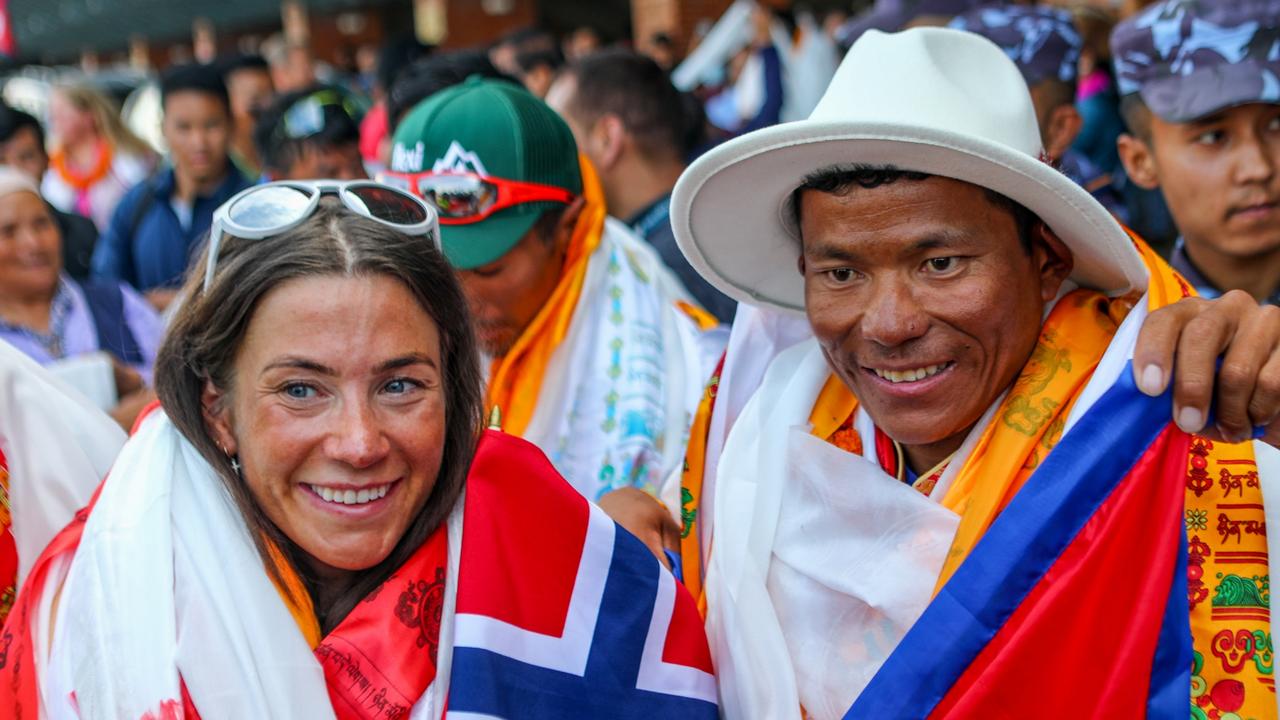
And while he then went on to be a Sherpa for Ms Rzucidlo, despite barely taking a breather from the grueling record attempt that saw him climb all 14 eight-thousander mountains in 92 days, he could not afford to rest.
Mr Lama’s final climb was alongside Ms Rzucidlo, who was also chasing a record of her own by trying to become the first American woman to climb all 14 mountains above 8,000 metres in elevation.
At the same time, fellow American woman Ms Gutu and her Sherpa were on the same mountain and chasing the same record.
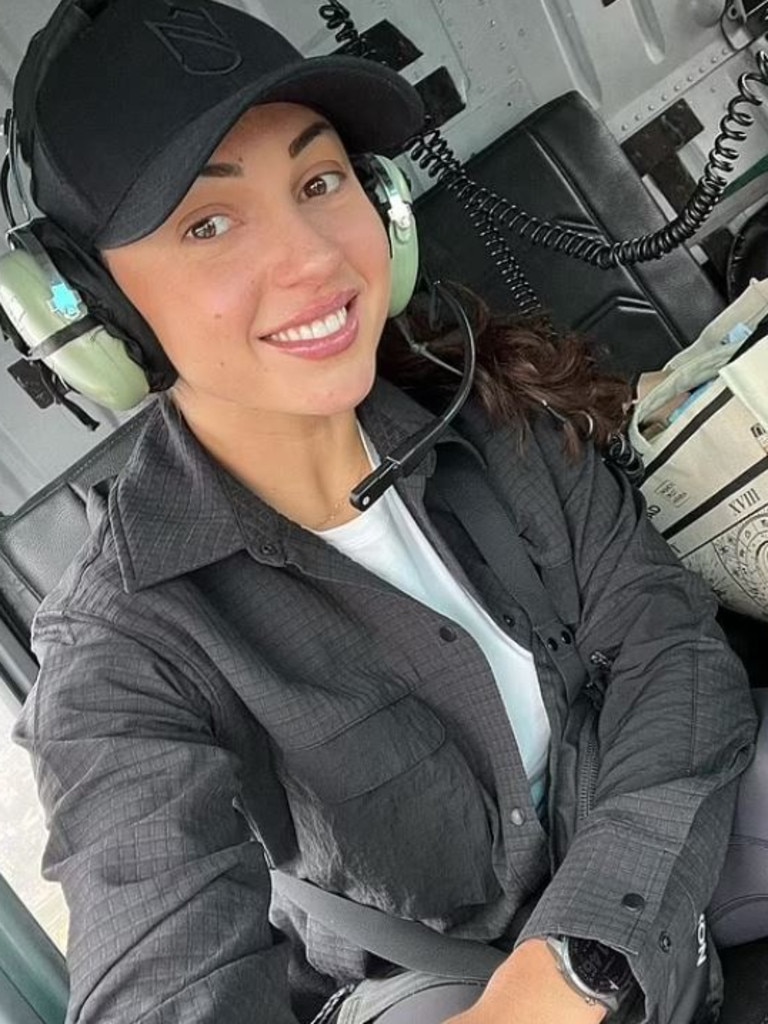
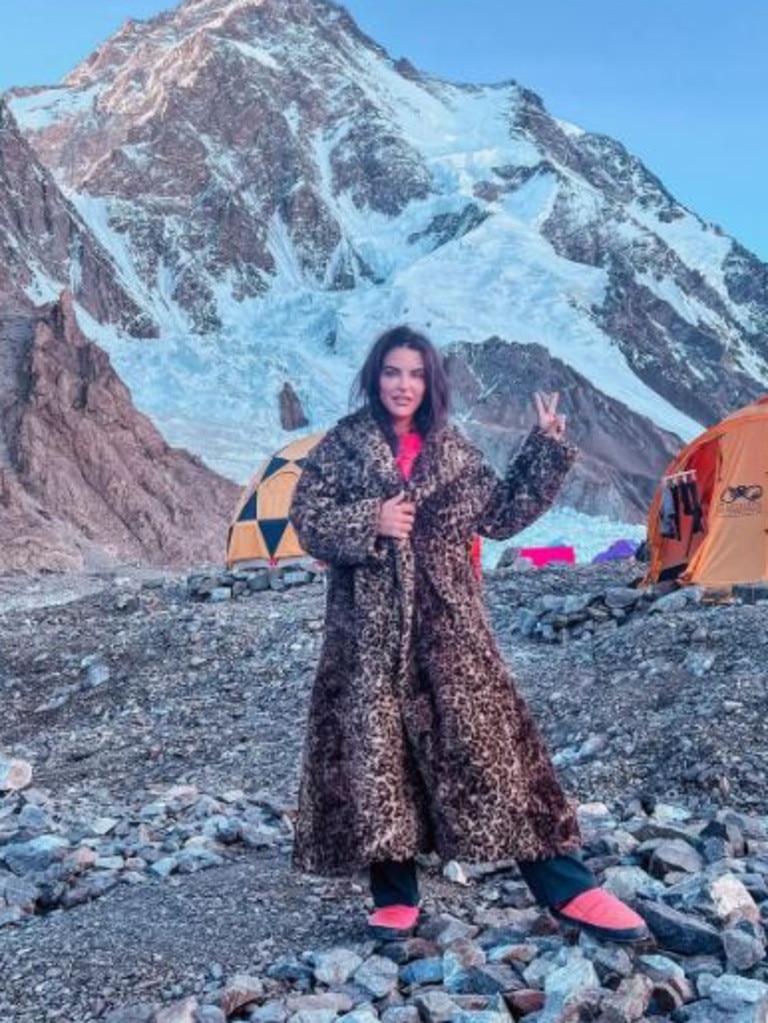
Speaking to the New York Times, Mr Lama’s younger brother Pasdawa Sherpa said his sibling was focused on getting his children the best education, a costly venture, which he tried to make happen by getting paid to help climbers to the top of the world’s tallest peaks.
Mr Pasdawa said it was a mission of his late brother’s for his sons not to need to climb for money.
But like Mr Lama, being a Sherpa is a profession Mr Pasdawa too follows, and despite losing his brother and two other siblings on separate climbs over the years; he must continue for the sake of his family.
“I will keep climbing mountains,” Mr Pasdawa said.
“I have no other options.”
But what Mr Pasdawa says is often forgotten, is for the Sherpa; it’s not just the climb.
These guides lug packs often heavier than their own body weight. They carry cylinders of oxygen for foreign clients.

They cook and set up camp, all while navigating the next day’s climb through snow storms and unrelenting weather.
Waking well before the sun, these men ensure rope lines are in place to stop their clients from entering a frozen graveyard some 8000 metres above sea level.
“We help the foreigners,” Makalu Lakpa, a friend of Mr Lama and fellow guide, said.
“It is very dangerous, but we do it.”
And while doing it, the feat often has little return.
An average summit earns a guide less than $6,015 per season.
For those who have world records under their belts, such as Mr. Lama, his fees can be around double that amount.

Lakpa Rita Sherpa, a mountain guide who has summited Everest 17 times and spends almost eight months of the year on a mountain, said one of the biggest challenges is having these high paying clients not listening to you.
“It is always tough to guide people up a mountain, no matter who it is you’re guiding,” he said in an interview with Red Bull in 2018.
“The hardest part is that often people will not listen to you. We’ll tell them that the most important things on a climb are self-care, being honest with yourself and your guide, and not pushing so hard that you risk injury.

“While we are advising all of this, they seem like they’re listening and taking it all in, but often it goes in through one ear and out the other.”
Mr Lakpa said the hard work that goes on behind the scenes, and the high risk walk in to an early grave, are not often acknowledged by those who pay upwards of $100,000 for the experience.
“The clients don’t see all of this hard work that we do to get ready for them,” he said.
“Clients think that climbing Everest is easy, so often they don’t give the Sherpa much appreciation.
“Take time to learn how many trips Sherpas have to go through in these dangerous conditions, learn about their family and be generous with their work by trying to help them.”




